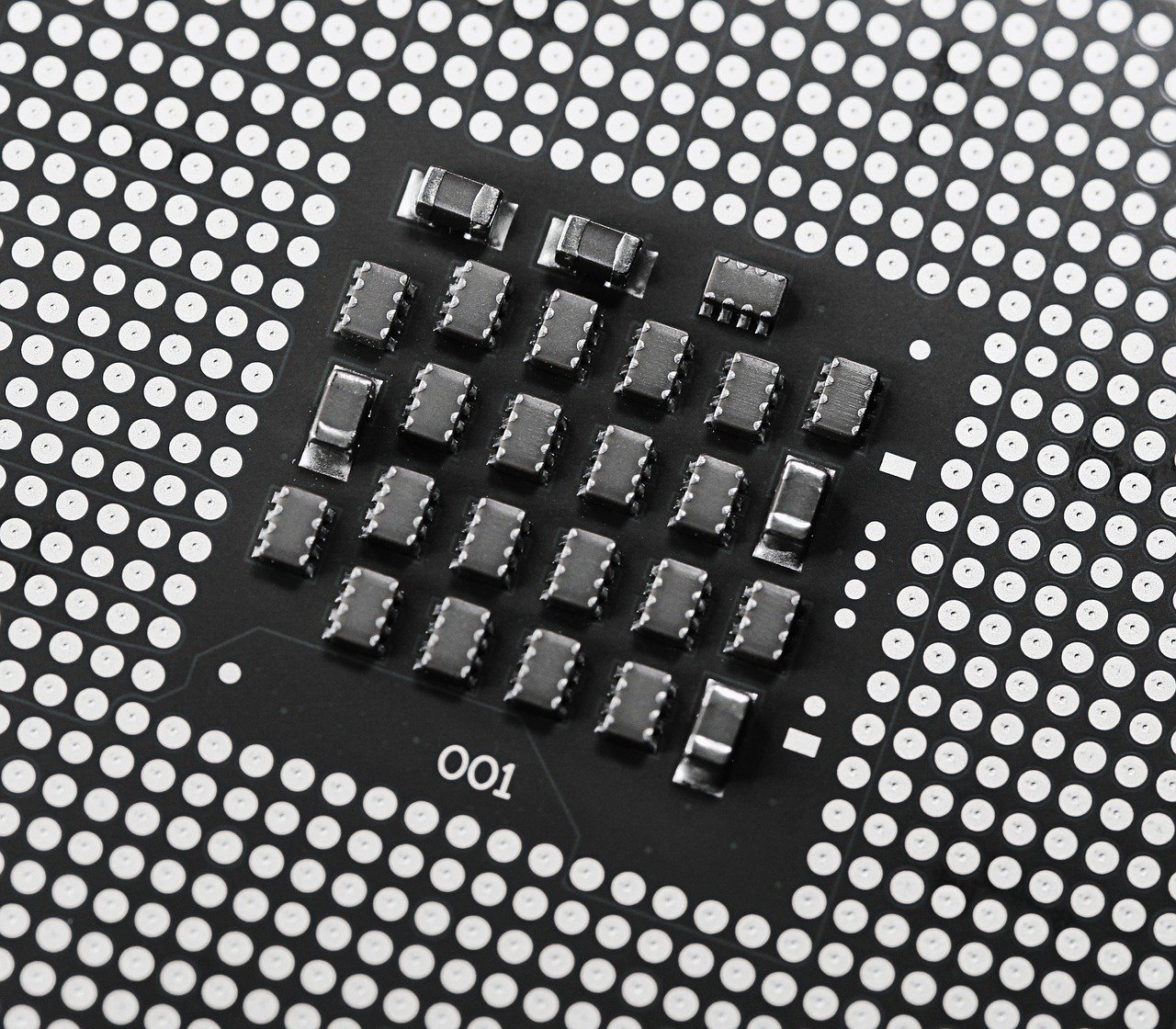Researchers are applying new technologies to healthcare in a number of novel ways. Everything from artificial intelligence to nanotechnology is getting explored within a medical context. For a long time, scientists have recognized the potential of nanotechnology in medicine, but only recently have technological advances begun to make these applications a real possibility.
Nanoparticles and nanosystems may soon be ubiquitous in medicine, from delivering drugs in an extremely precise manner to acting as microscopic surgeons. Some nanotechnologies are already in use in medical environments, such as the PillCam, which can be swallowed for noninvasive colon exams.
Some other applications of nanotechnology in medicine that may soon be a reality include:
1. Smart bandages
Scientists are working on bioabsorbable bandages made out of hydrogel that can simply be left on wounds until they dissolve naturally. Nanofibers can be embedded into the bandage to deliver clotting agents and growth hormones that promote healing. The bandages may also contain sensors that look for signs of infection and automatically release antibiotics as they are needed.
The French company Grapheal showcased a nanotechnology patch at CES2020. It could continuously monitor wounds to provide a sense of how healing was going while stimulating natural processes with the use of a graphene core.
2. Microscopic surgery
One of the biggest potential applications of nanotechnology is nanobots that can perform surgeries directly within the body. External magnetic fields would be used to guide and direct the bots, which keeps patients safe and avoids open surgery to hasten healing. Researchers are already looking into the use of nanobots for eye surgery using a standard needle to deliver a tiny microneedle directable by magnetic fields.
These nanobots could also potentially be used to clear blocked arteries. Some teams are looking into the use of corkscrew chains of iron oxide that can be injected directly into the bloodstream. These corkscrews can then literally drill through arterial blockages to clear plaque.
Nanobots could also be used to collect biopsies in a simple manner. These nanobots look like unfolded cubes made from elastic polymers. Once the tissue sample is taken, the cube folds up to protect it until it gets retrieved from the body.
3. Smart capsules
While PillCam was a big advancement, many teams are looking at other ways that capsules can be used in medicine. Researchers at MIT, for example, are working on smart sensor capsules that unfold in the stomach to lodge in the lining of the organ for about a month. These sensors can track vital signs to aid in diagnoses and treatment monitoring.
The capsule would also have preloaded compartments with the ability to release medications. In the future, such systems could be used for automatic drug release for medications requiring a strict regimen or even for early detection and automatic treatment of infection or allergic reaction. Bluetooth technology can help coordinate between these smart pills and other medical devices.
Another project is a gas capsule with a permeable membrane. This membrane allows gases to enter to detect levels of carbon dioxide, oxygen, and hydrogen. Gas concentrations help clinicians know where the capsule is in the body and can also offer valuable diagnostic information, especially in relation to gut microbiome health.
Disorders like colitis and irritable bowel syndrome could be diagnosed with these devices. The capsules could also play a role in assessing the risk of colon cancer and other diseases while helping clinicians learn more about individual nutrition needs and potential food sensitivities.
4. Vaccine nanopatches
Nanotechnology may also improve the delivery of vaccines. Patches can be created using thousands of microneedles created out of silicon that reduce the pain and discomfort associated with getting a vaccination.
This technology would also eliminate the need for refrigeration and provide similar protection with smaller doses. This could revolutionize preventative healthcare in resource-poor settings where refrigeration is not always possible.
Plus, the elimination of large needles could increase compliance while the reduced need for special equipment would make the vaccines more affordable.
5. Micromotors
Nanotechnology motors have the ability to deliver treatments directly to affected parts of the body. Researchers are looking into the use of these motors to deliver magnesium and titanium directly to stomach ulcers to reduce the side effects of these treatments.
This particular technology uses hydrogen bubbles to propel the treatment through the upper digestive tract until they stick to the stomach lining. The motors can neutralize pH and release antibiotic agents in addition to other treatments.
Micromotors could also play a role in cancer treatment. Tiny robots could deliver treatment directly to cancerous tissues by seeking out a particular protein only expressed by cancer cells.
Once this protein has been identified, the nanotechnology releases an enzyme to clot blood. These could essentially cut a tumor off from its blood supply in a matter of hours while keeping the rest of the tissue intact. The use of these micromotors have shown significant results in as little as two weeks in initial trials.

